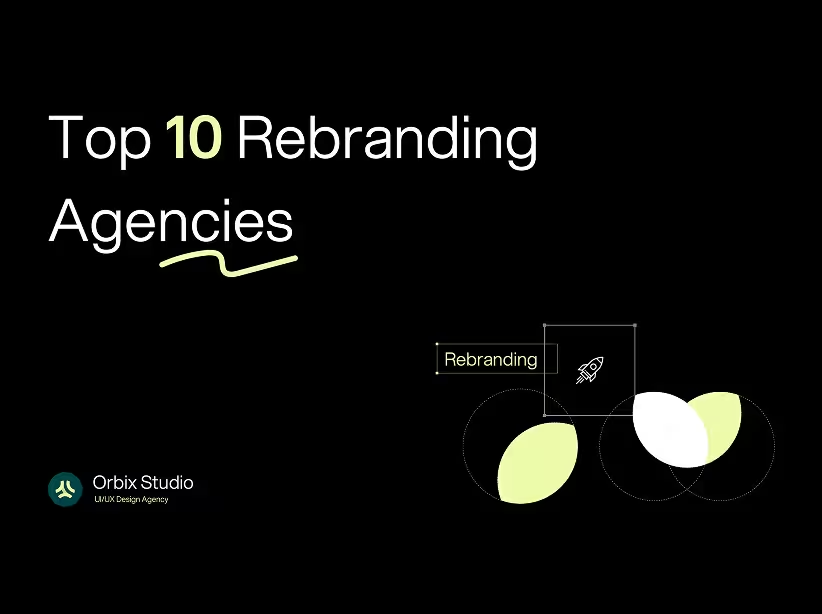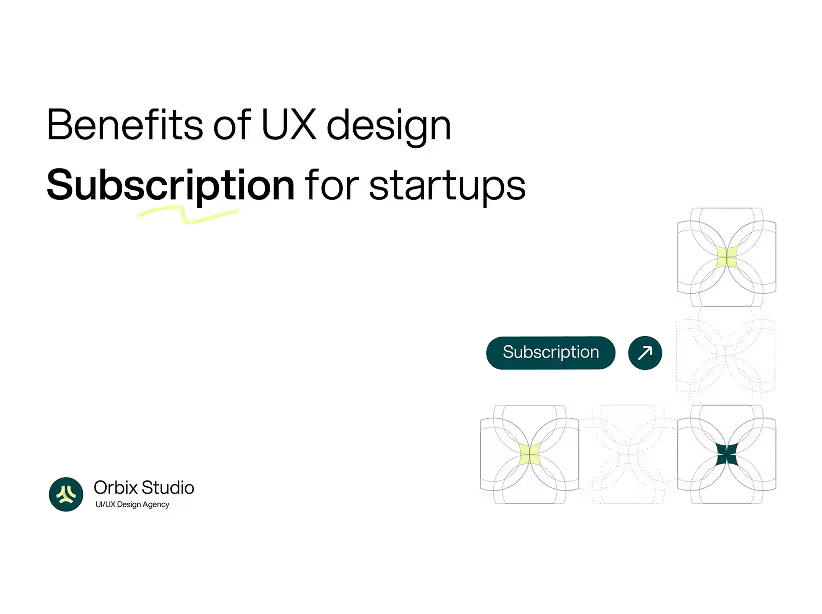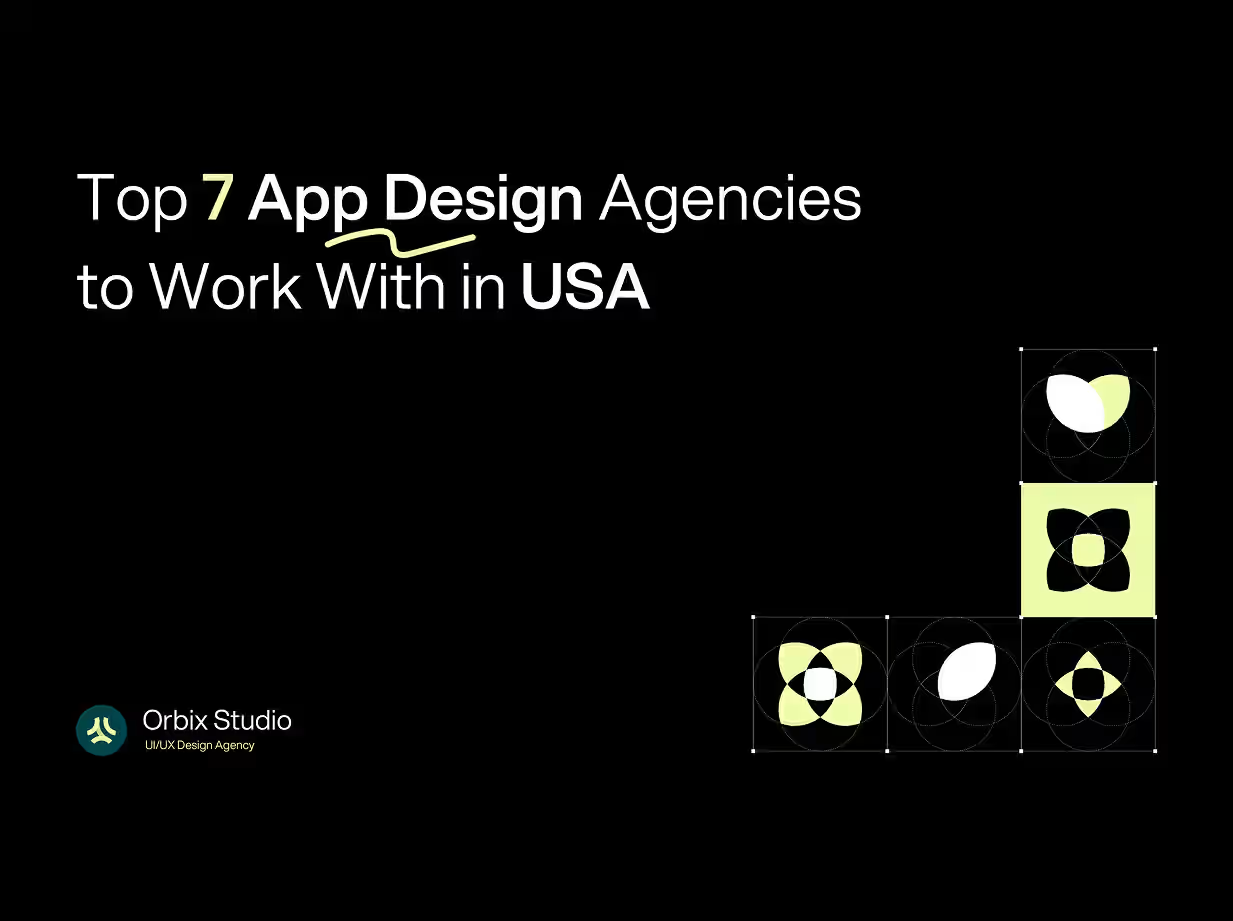Table of Contents
- The State of SaaS Design in 2025: Market Overview and Importance
- Trend 1 - AI-Driven Personalization in SaaS Interfaces
- Trend 2 - Minimalist Interfaces and Mobile-First Layouts
- Trend 3 - Advanced Data Visualization and Dashboards
- Trend 4 - Voice and Chatbot Integrations for Enhanced Support
- Conclusion - Adapting These SaaS UX Design Trends for 2025 Success
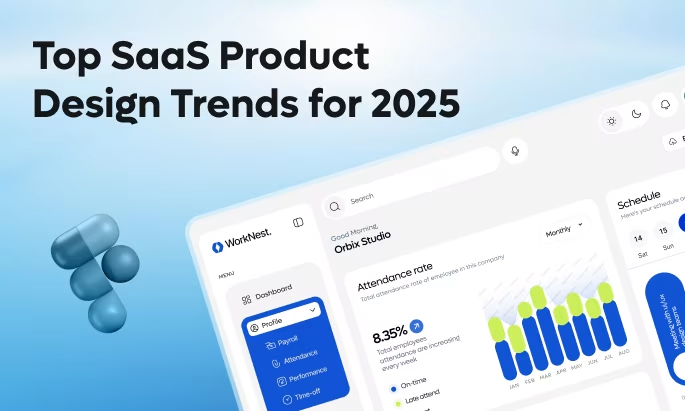
As we step into late 2025, the SaaS industry is booming, with the global market on track to surpass $300 billion in revenue, driven by innovations in cloud app UI and user-centric product design best practices. In this human-centered era, SaaS UX design trends 2025 are shifting toward experiences that not only solve problems but also anticipate needs, fostering deeper connections between users and software. Great design isn't about flashy features—it's about empowering people to achieve more with less effort, reducing frustration, and building loyalty in competitive markets.
At Orbix Studio, an AI-powered UI/UX design agency headquartered in New York with a dedicated global team from Dhaka, we've applied these emerging SaaS design patterns to over 120+ clients in SaaS, fintech, and healthtech since 2018, resulting in 30% higher user retention and smoother workflows. This guide explores the state of SaaS design, highlights five key trends for 2025, and offers insights on adapting them—backed by the latest industry data—to help your team create products that truly resonate with users.
The State of SaaS Design in 2025: Market Overview and Importance
The SaaS sector's explosive growth—projected at a 19.38% CAGR through 2029—underscores the critical role of thoughtful product design in standing out amid thousands of cloud-based apps. Today, users expect interfaces that feel intuitive and personalized, as poor UX can lead to 70% churn rates, costing businesses trillions annually.
The importance lies in human-centric principles: Designs that prioritize accessibility, efficiency, and emotional engagement not only boost conversions by up to 400% but also align with ethical standards, ensuring inclusivity for diverse global audiences.
In 2025, as AI and mobile dominance reshape cloud app UI, embracing SaaS design patterns like modularity and data-driven iteration is essential for startups to foster user trust, streamline adoption, and drive sustainable growth without overwhelming teams.
Trend 1 - AI-Driven Personalization in SaaS Interfaces

In 2025, AI-driven personalization tops SaaS UX design trends, transforming generic interfaces into tailored experiences that anticipate user needs and boost engagement by 80%. This human-centric approach uses machine learning to analyze behaviors, delivering hyper-relevant content—like dynamic dashboards in tools such as HubSpot or Notion—making users feel seen and valued. For instance, predictive UX suggests workflows based on past actions, reducing cognitive load and enhancing productivity for busy professionals.
At Orbix Studio, we've implemented AI personalization in fintech apps, resulting in 25% higher user satisfaction by adapting interfaces to individual roles—proving that when design puts people first, loyalty follows without compromising privacy.
Trend 2 - Minimalist Interfaces and Mobile-First Layouts
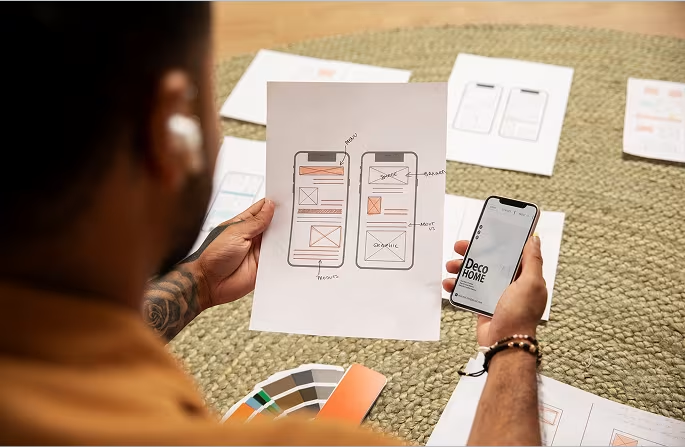
Minimalism reigns in SaaS design patterns for 2025, with clean, whitespace-heavy interfaces and mobile-first layouts ensuring clarity on any device—critical as mobile accounts for 60% of SaaS access. This trend draws from neumorphism and dark modes, creating calm, focused environments that prioritize essential features over clutter, as seen in apps like Slack or Airtable. Human-centric benefits include reduced overwhelm for users, faster load times, and better accessibility, fostering inclusive experiences that adapt to diverse needs.
Our team at Orbix has redesigned SaaS platforms using these principles, achieving 40% quicker onboarding by stripping away non-essentials—empowering users to focus on what truly matters in their daily workflows.
Trend 3 - Advanced Data Visualization and Dashboards
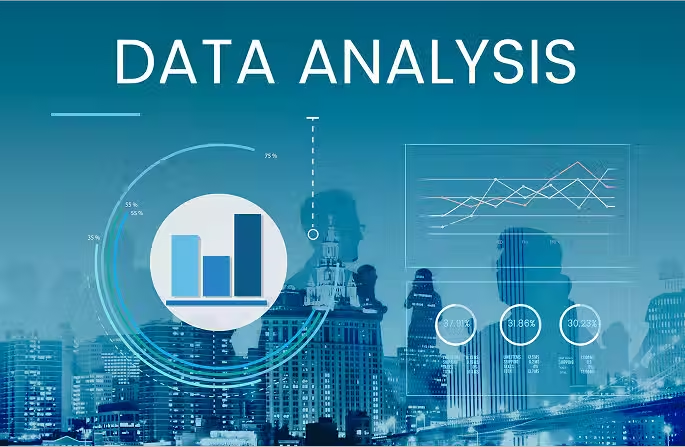
Data visualization emerges as a cornerstone of SaaS UX design trends 2025, with AI-powered dashboards turning complex metrics into digestible insights, linking seamlessly to SaaS analytics for real-time decision-making.
Trends like minimalist charts and interactive elements - evident in tools like Datadog or Amplitude - help users spot patterns effortlessly, enhancing understanding without technical expertise. This human-centric focus democratizes data, making it approachable for non-experts and driving better business outcomes.
In our healthtech projects at Orbix, we've crafted modular dashboards that visualize patient data intuitively, improving clinician efficiency by 35% and putting user empowerment at the heart of design.
Trend 4 - Voice and Chatbot Integrations for Enhanced Support
Voice and chatbot integrations are revolutionizing SaaS support in 2025, offering natural, conversational interfaces that resolve queries instantly - boosting user satisfaction by 20% through hands-free interactions. Drawing from AI advancements, these features - seen in platforms like Intercom or Drift - provide proactive help, adapting to user context for a more empathetic experience. Human-centric design ensures these tools feel like helpful companions, not robots, with fallback options for complex issues.
Orbix Studio has embedded voice-enabled chatbots in e-commerce SaaS, cutting support tickets by 45% and creating seamless, user-friendly journeys that prioritize convenience and accessibility.
Conclusion - Adapting These SaaS UX Design Trends for 2025 Success
Embracing these SaaS UX design trends 2025 - from AI personalization to robust systems—positions your product for growth in a $300 billion market, focusing on human needs for lasting impact. Adapt by starting with user research, iterating with AI tools, and prioritizing accessibility—without these, even innovative features fall flat.
At Orbix Studio, we're committed to helping you integrate these trends through tailored Webflow development and motion design for truly empathetic SaaS experiences.



